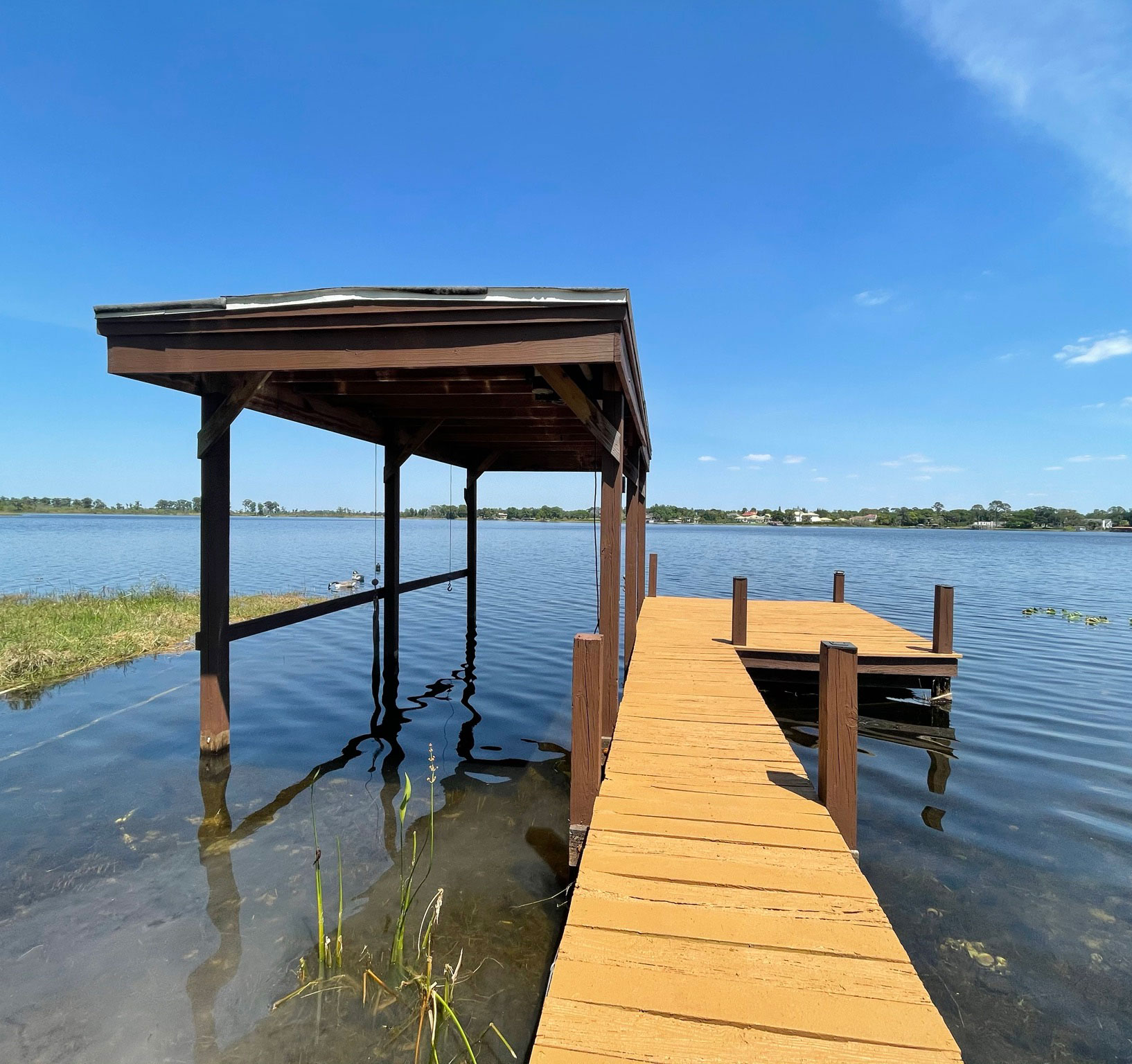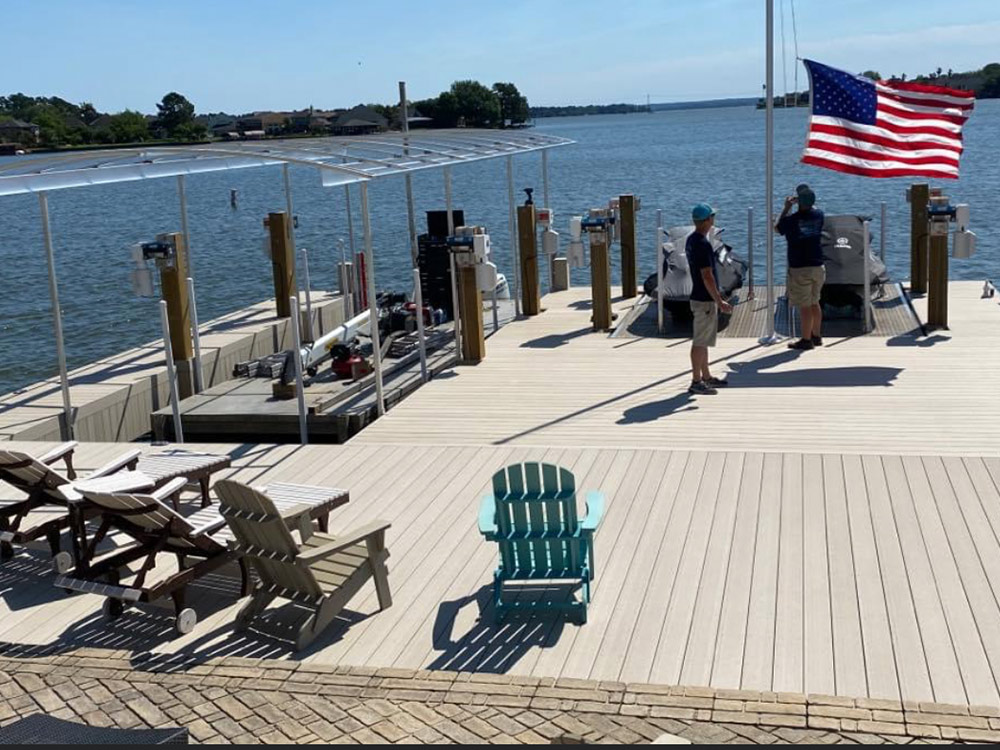Expert Insights on Lasting Dock Repairs Solutions
Expert Insights on Lasting Dock Repairs Solutions
Blog Article
Efficient Dock Fixing Techniques: Making Certain Architectural Honesty
Guaranteeing the architectural stability of anchors with efficient repair work strategies is vital for the longevity and security of aquatic facilities. Subsequently, picking the ideal repair service products, such as composite materials and corrosion-resistant alloys, is critical for sturdiness.
Examining Dock Damage
Analyzing dock damage is a crucial primary step in making sure the structural stability and security of any kind of docking facility. This preliminary evaluation involves a comprehensive inspection to recognize both covert and visible damages. Secret facets to analyze include the dock's foundation, pilings, outdoor decking, and equipment. Each component needs to be looked at for signs of wear, rot, rust, or other forms of destruction that could endanger the architectural integrity.
Structural engineers or certified assessors usually do these evaluations making use of specialized methods and tools. Undersea inspections might use finder devices or from another location ran cars (ROVs) to discover submerged damage. Over water, aesthetic assessments are enhanced by using moisture meters and other diagnostic tools to reveal underlying issues not promptly noticeable to the nude eye.

Finding Fixing Products
Picking the appropriate repair service materials is a crucial step in the dock remediation procedure, one that directly affects the long life and efficiency of the fixed framework. Product selection need to be driven by aspects such as environmental problems, load-bearing requirements, and compatibility with existing dock components.
Along with wood, composite products are increasingly popular due to their longevity and low maintenance needs. Composites, usually made from a mix of plastic and timber fibers, supply excellent resistance to rot, pests, and UV damages. For steel docks, choosing corrosion-resistant alloys such as galvanized steel or marine-grade light weight aluminum is necessary to stop corrosion and guarantee architectural stability in saline water problems.
Epoxy materials and marine-grade sealants are vital for fixing splits and securing joints, offering a water resistant obstacle and improving the dock's general stamina. By carefully choosing premium products, dock fixings can attain resilient results, thus guarding against future degradation and guaranteeing secure, reliable usage.
Structural Support Techniques
Reliable structural support techniques are vital in making sure the security and durability of dock repairs. One fundamental approach includes the use of steel or composite reinforcement bars (rebar) within concrete structures. Rebar offers additional tensile stamina, avoiding cracks and dispersing lots extra uniformly. This method is especially effective for anchors revealed to heavy lots or harsh ecological conditions.
One more necessary strategy is the application of fiber-reinforced polymers (FRP) These products provide high strength-to-weight ratios and outstanding resistance to deterioration, making them suitable for strengthening wood or concrete anchors. FRP can be applied in sheets or strips and bonded with epoxy materials to enhance architectural stability.
Bracing and securing systems additionally play an essential duty in structural support. Cross-bracing, utilizing steel or wooden light beams, can neutralize lateral pressures, decreasing swaying and activity. Anchoring systems, such as helical piers or driven heaps, offer a steady foundation by transferring tons to deeper, much more stable dirt layers.
Last but not least, the assimilation of load-distribution plates can aid disperse weight a lot more equally throughout the dock's surface, reducing official site local stress points. These methods jointly guarantee that anchors remain durable and risk-free, efficient in holding up against the rigors of their functional environment.
Advanced Fixing Methods

One more innovative method includes underwater welding, which permits fixings to be conducted without the need to dewater the location. This technique is specifically helpful for resolving architectural issues in submerged dock components, ensuring marginal disturbance to operations. Boosted welding strategies, combined with robotic systems, deliver precision and dependability, thereby expanding the life-span of the dock.
In addition, cathodic defense systems are executed to stop corrosion in metal dock frameworks. By utilizing sacrificial anodes or impressed existing systems, these techniques efficiently alleviate the electrochemical procedures that lead to material wear and tear.
Last but not least, progressed tracking innovations, such as structural wellness surveillance (SHM) systems, provide real-time information on next the problem of dock frameworks. These systems enable proactive maintenance and prompt treatments, ultimately guaranteeing the lasting structural honesty of the dock.
Maintenance and Avoidance
Upkeep and avoidance are essential concepts that underpin the longevity and security of dock structures. Routine evaluations are extremely important, enabling for very early discovery of wear and tear, potential weak points, and environmental influences. A proactive approach, including regular checks for rust, rot, and structural shifts, alleviates expensive repairs and extends the dock's operational life.
Preventive steps should include using protective finishings to metal components to defend against rust and using cured timber to stand up to decay. Furthermore, making certain correct water drainage and ventilation can avoid water buildup, which is a common reason for structural degradation. Integrating high quality materials and sticking to manufacturer guidelines during building and fixing phases likewise play vital roles in boosting sturdiness.

Training workers in dock maintenance finest practices makes certain consistent application of preventive steps. Leveraging technical advances, such as drones for evaluations and sensing units for real-time tracking, can additionally enhance maintenance initiatives. By prioritizing upkeep and prevention, dock owners can make sure structural honesty, operational security, and cost-effective management over the dock's lifespan.
Conclusion
In final thought, keeping the structural honesty of marine facilities requires thorough dock fixing methods. Advanced repair strategies, coupled with normal maintenance practices, guarantee the dock stays safe and operational under varied ecological conditions.
Making sure the architectural stability of anchors through reliable repair methods is extremely important for the long life and safety of aquatic facilities.Choosing the proper fixing materials is a critical step in the dock repair procedure, one that directly affects the longevity and efficiency of the fixed framework.Reliable architectural support techniques are crucial in ensuring the stability and durability of dock repair services. By focusing on upkeep and avoidance, dock owners can ensure structural integrity, operational safety, and cost-efficient management over the dock's lifespan.
In conclusion, preserving the architectural stability of aquatic facilities necessitates thorough dock repair strategies.
Report this page